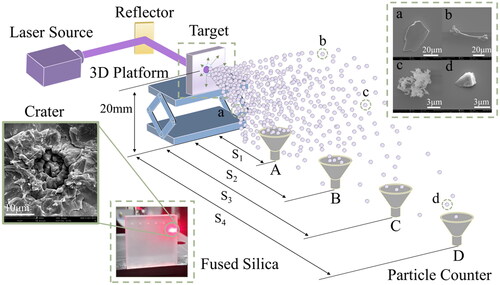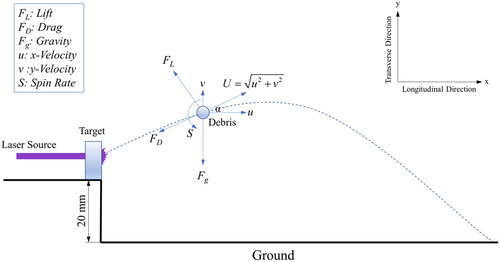Figures & data
Figure 1. Schematic of time-resolved imaging for capturing transient debris. PD: photon detector, PL: polarized lens, SP: sampler, HWP: half-wave plate, BS: beam splitter, FL: focus lens, NBF: narrowband filter, MS: microscope, HR: high reflector, EM: energy meter, FOV: field of view.
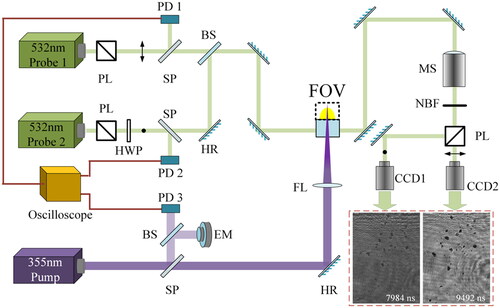
Figure 4. Spatial sputtering of laser-induced debris at different time delays by time-resolved imaging.
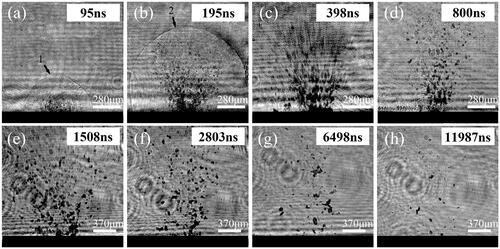
Figure 5. Transient characteristics of laser-induced debris acquired by comparing two successive images at different time delays. (a) vs. (b), (i) vs. (j), and (k) vs. (l) at 3982–5504 ns, (c) vs. (d), and (e) vs. (f) at 3985–5997 ns, (g) vs. (h), and (m) vs. (n) at 5987–7495 ns.
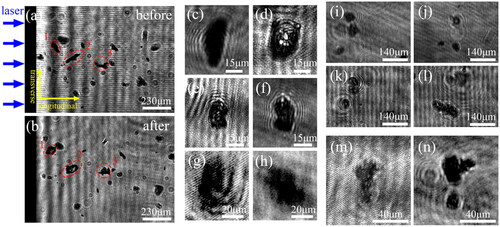
Figure 6. Longitudinal and transverse velocity of laser-induced debris vs. their diameter at different time delays.
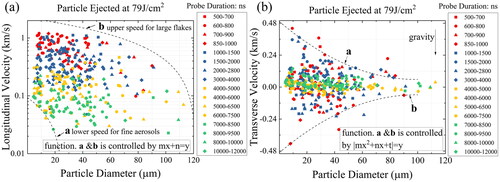
Figure 7. Longitudinal and transverse velocity vs. delay time based on debris diameter: <10, 10–20, 20–30, 30–40, 40–50, and >50 μm, respectively. The fitted curve in red and blue represents longitudinal and transverse velocity, respectively.
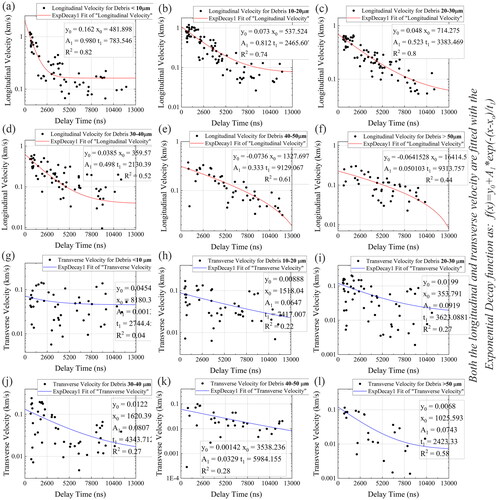
Table 1. Maximum distance calculated by EquationEquations (10)–(12) with different diameters of debris using input velocities extrapolated at 13,000 ns.
Table 2. Number of debris collected at 75 mm in the longitudinal direction under the fluence of 79 J/cm2 unit: pcs.
Figure 8. A scattered cluster (a) composed almost of small debris is sampled at 75 mm from the rear surface of the target. Representative debris shapes: ellipse (b), rhombus (c), triangle (d), and rectangle (e).
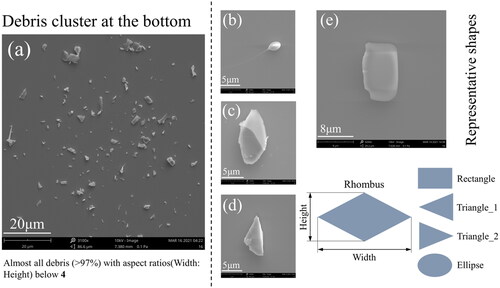
Figure 9. Debris lift, shape, and total drag coefficients vs. angle of attack within different shapes. (a)–(c), (d)–(f), and (g)–(i) are the results provided with aspect ratios 1, 2, and 4, respectively.
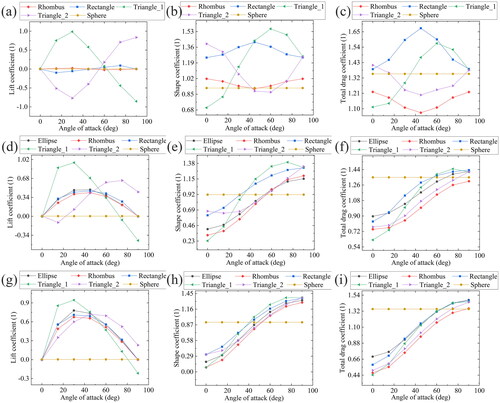
Table 3. Number of debris longitudinally collected at 100 and 155 mm under the fluence of 79 J/cm2 unit: pcs.
Table 4. Number of debris longitudinally collected at 155 mm under the fluence of 53 and 79 J/cm2 unit: pcs.
Data availability statement
Data underlying the results presented in this paper is not publicly available at this time but may be obtained from the authors upon reasonable request.

